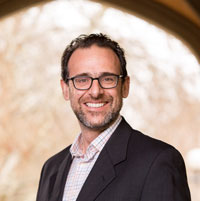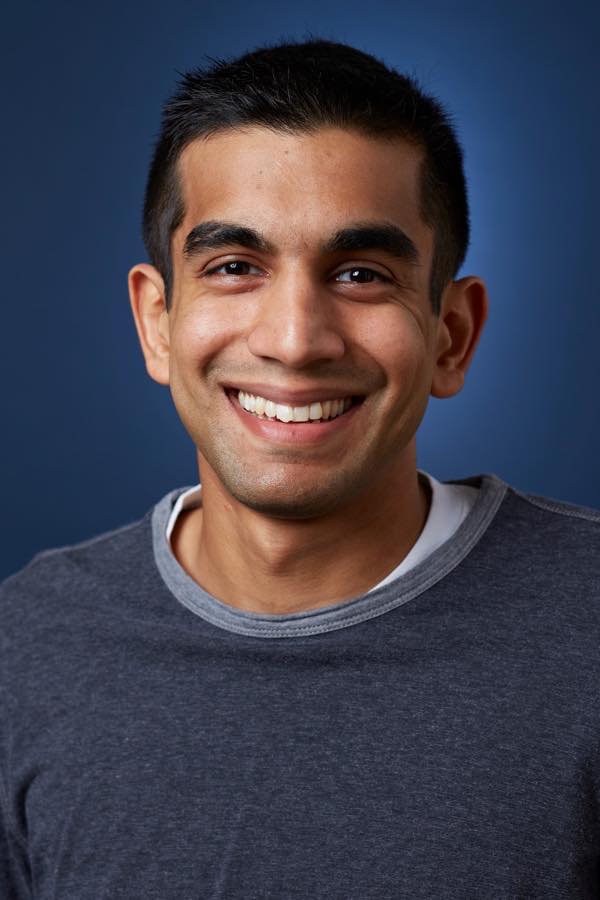This morning I noticed a large number of suggestions for researchers to follow. These were authors of papers I had cited in a recent paper (a short paper, but with a lot of references). The reasonable assumption seems to be that if I was interested enough in their past work to cite it, I would be interested in future work of these researchers. There were also alerts about two papers from authors I had cited: Yusuf and Prasad (?), and Ouadoud, Chkouri, and Nejjari (2018).
Yusuf and Prasad report on the use of videos in an undergraduate course at the University of the South Pacific (USP). Interestingly, the editor added a comment to the paper pointing out that films were widely used for training from World War II on-wards. However, the authors found that while the students they surveyed liked the videos and thought them useful, viewing dropped off sharply after the first week of a course.
The attendance at live lectures also drops off rapidly (Hughes-Warrington, 2015). It might be interesting to look for the common factors between the two. It would be tempting to see this as a failure on the part of the students, or the instructor. However, it may just be that students only need the presentations, live or recorded, early in a course. It may be that universities are wasting a considerable proportion of the resources, by providing unused, and unnecessary lectures.
Ouadoud, Chkouri, and Nejjari (2018) looked at how Behaviorist, Cognitivist and Social constructivist theory applies to the use of a Learning Management Systems. There was not much new here, but the authors provided very useful diagrams showing the roles of those involved, and how each model applies to this.
ps: One problem with ResearchGate is that you get an alert of new papers, but these may be so new it is hard to work out where they have been formally published and how to cite them.
Reference
Ouadoud, M., Chkouri, M. Y., &
Nejjari, A. (2018). Learning Management System and the Underlying
Learning Theories: Towards a new Modeling of an LMS. International Journal of Information Science and Technology, 2(1), 25-33. URL http://www.innove.org/ijist/index.php/ijist/article/viewFile/24/17
Hughes-Warrington, M. “That Sinking Feeling: Counting the Cost of Live Lectures,” Making Sense of University Business, 2015. [Online]. URL
https://missunitwocents.tumblr.com/post/123364615920/
thatsinking-feeling-counting-the-cost-of-live
https://missunitwocents.tumblr.com/post/123364615920/
thatsinking-feeling-counting-the-cost-of-live
Yusuf, J., & Prasad, D. Using instructor-generated short videos in an undergraduate accounting information system course. URL https://core.ac.uk/download/pdf/154347626.pdf





